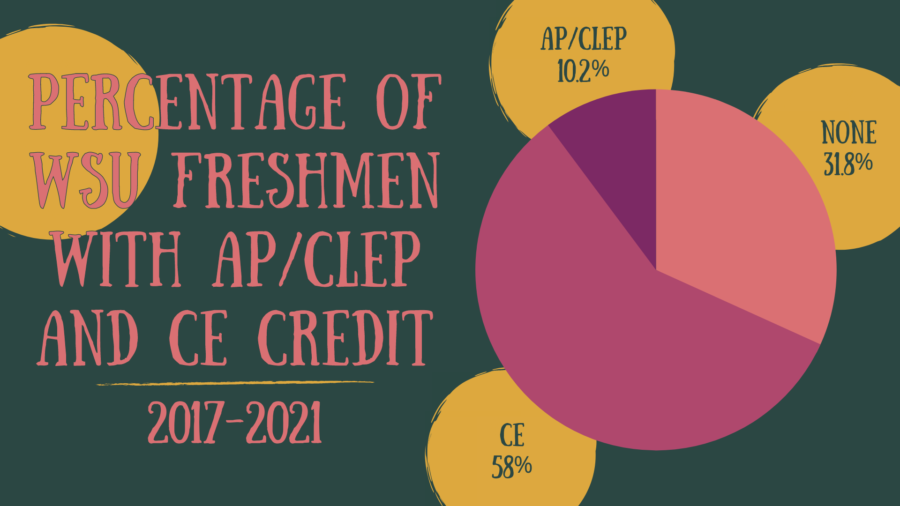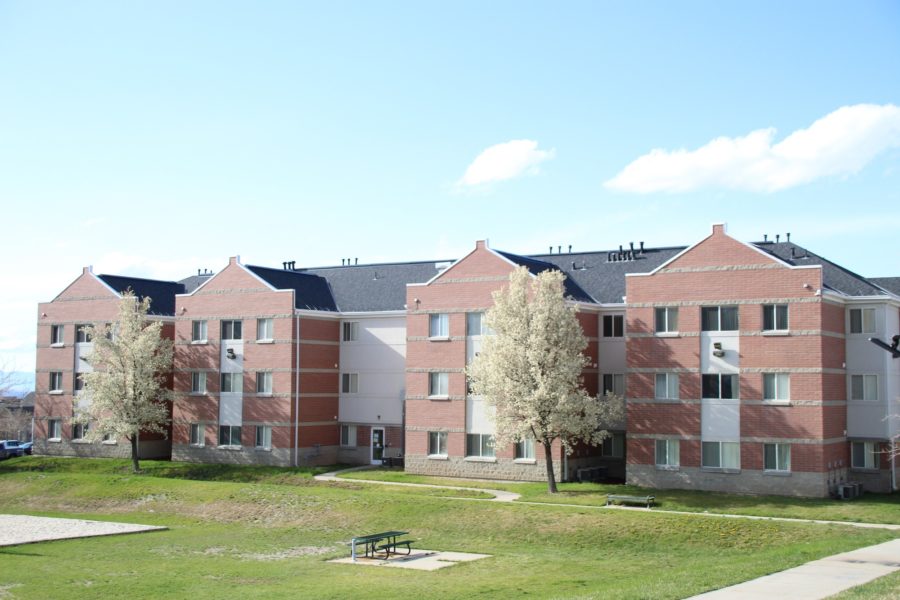Hal Crimmel, professor of English and author of “Utah’s Air Quality Issues: Problems and Solutions,” presented his lecture “Summer Wildfire Smoke and Wintertime Inversions” for Weber State University’s sustainability series that continued on Nov. 16.

According to IQAir, a site that provides a worldwide air quality index, Utah had the worst air quality in the world on Aug. 6, largely due to smoke from wildfires pouring into the Wasatch Front.
Summer fires aren’t the only continuing problem that affects Utah’s air. Crimmel says that communication may be the key to collectively moving towards cleaner air.
Crimmel said the three main types of pollution that Utahns are likely to notice are inversion, summer smog and wildfire smoke. He pointed out that there is a difference between inversions, naturally-occurring weather phenomena in mountain valleys, and what is popularly called “the inversion,” which is mainly human fossil fuel pollution.
“We really need to stop using ‘the inversion’ to shorthand wintertime pollution,” Crimmel said.
Often, local media will use vague terms such as “haze” when describing poor air quality. He reasons that this leads to the belief that this is purely a natural phenomenon, when in reality, humans have a significant influence.
“Call it smog,” Crimmel said. “We’re getting to the season where people will say ‘haze.’ Haze is not as scary as pollution or smog.”

According to HEAL Utah, a local group advocating for clean air, “emissions come from three primary sources — vehicles, area sources and industry. Cars, trucks and heavy-duty vehicles are the biggest contributors to our air quality problems.”
Human-caused emissions from burning fuels are a large factor of poor air quality in Utah.
Another major factor is wildfire smoke. According to a July report from National Geographic, wildfire smoke can account for 25% of dangerous air pollution in the U.S.
Around one-fourth of the pollutants in air is from fires. This has been a devastating year for fires, both within the state of Utah and neighboring states, and has greatly impacted the air quality.
Crimmel emphasized the importance of improving air quality by providing the components of determining longevity and quality of life: behavior accounts for up to 40%, genetics 30% and healthcare 5-10%.
The remaining nearly one-fourth of life expectancy and quality can be linked to environmental factors. A 2020 study published in the scientific journal Atmosphere revealed that air pollution can shorten the life of the average Utahn by an estimated two years.

“Often what gets in the way of trying to work towards a solution is simply language,” Crimmel said.
In addition to transparent language, he also stressed the importance of using more accessible language.
“We gotta find a way to talk to people in a language where they don’t feel like they’re being spoken down to, where they feel like their knowledge and experience is valued,” Crimmel said.
Clear air benefits all Utahns, but how to get there may depend on teamwork and communication in the search for common ground.



















